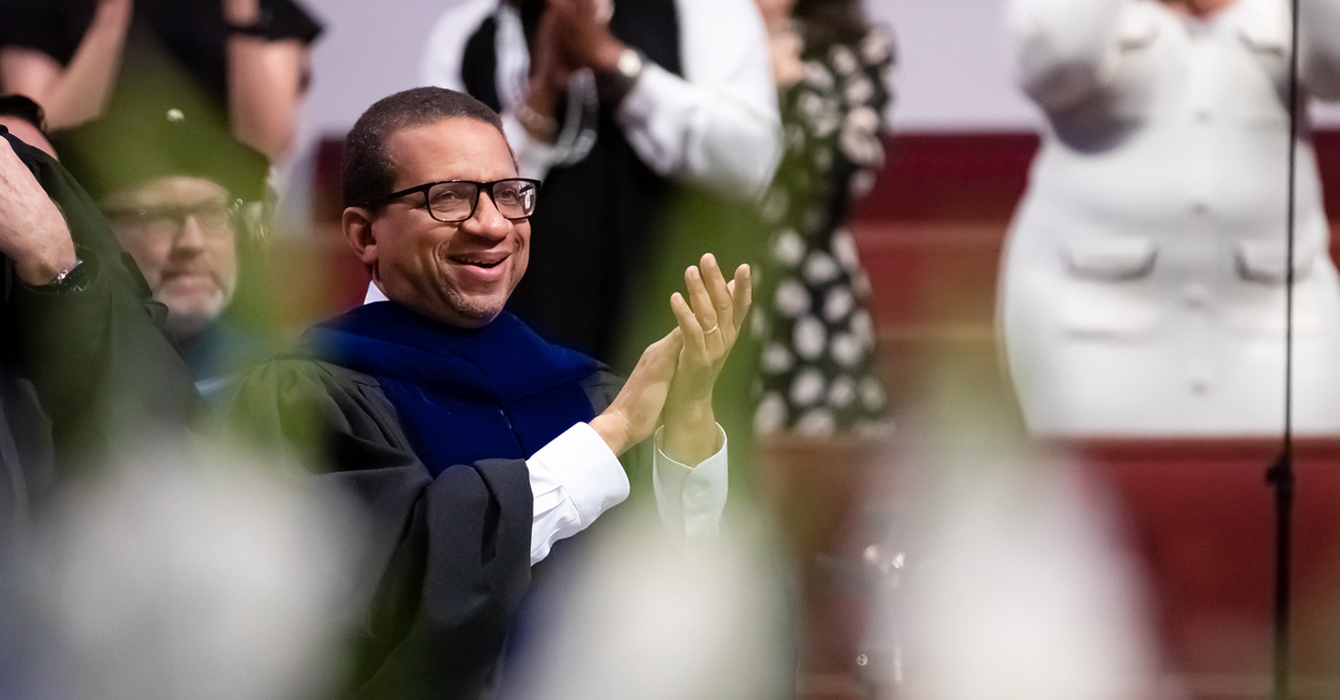The question, “What is your mission?” sends waves of panic through many Christian congregations and other institutions. Why? Do we not know what to do? Are we so confused by the rapid pace of change that even our basic purpose feels unsettled?
Many congregations are caught between finding meaning in the worship, study, ministry and missions that have sustained faith through several generations and addressing the concern that young people are not coming to church. We read about the rising number of people with no religious affiliation (the “nones”), and many of us realize that our grandchildren and their friends are not in church.
This situation leaves many with doubts about what our congregations are doing. We wonder whether the church down the road has things figured out.
The vocabulary also trips us up, with people using “mission,” “purpose,” “vision” and “strategy” to mean different things. The simplest approach defines “mission” as the completion of the sentence, “We exist to …” Mission is action-oriented; purpose is more about being. The two are closely connected.
Another challenge is that a clear mission does not always result in a specific strategy. The mission of a congregation might be to “make disciples,” using the phrase from Mathew 28’s Great Commission. The statement is short, memorable and rooted in the Christian tradition. Unfortunately, it does not indicate to a congregation how or where to do that work.
Seminaries also have this challenge. At one level, the mission of a seminary could be simple: “We exist to train pastors.” A denominationally owned and operated seminary trains pastors for that denomination’s congregations. The denomination wants the education to be accredited so that students can get federal loans. The accrediting agency determines the objectives of the curriculum through its standards. The seminary hires a faculty that meets the standards of both the denomination and the accrediting agency.
But what happens if congregations don’t need as many pastors? What happens if congregations decide to train their own leaders? What happens if the cost of education is beyond the ability of the students and denomination to pay? In light of changing conditions, seminaries are revisiting their missions and strategies. Everything is getting reshaped.
Effective strategies are focused on activities with specific people and places. But determining and following those strategies can be a challenge. The ways that we have lived out the mission don’t seem to be having the same impact as before. We feel a need to do something different, yet many of our current strategies have meaning for us and our communities.
In some ways, congregations have the most complicated challenge. Congregations exist to bear witness to God’s love shown in creation, the gift of the Son for salvation and the Holy Spirit. Communities need that witness, but in the current moment, the witness is not systematically welcomed.
What do we do when the ways that we witness bring us comfort but no one outside the church is paying attention? How does it affect strategy when the mission is clear to us but those outside don’t understand it?
Along with this concern, the fact is that changing a strategy in a congregation is very difficult. Every single element of the strategy includes choices made at some point in the congregation’s history. Every strategy includes activities that are meaningful to some of the members. All the choices took time to become habits. Members feel loyalty to one another, to the place, to the activity and to their experience of the activity over a lifetime. It is challenging to help them learn to see how an activity affects those outside the congregation.
Rather than wringing our hands about the clarity of a mission statement, we might make more progress by discussing the impact of our strategies. How do we know that we are bearing witness to the Triune God? What is the evidence? If it takes a long time for the evidence to show up, what are the signs that are early indicators of the evidence?
These questions require conversation among the leaders and members, along with people outside the church. Do principals, teachers, judges, public health professionals, police officers and social workers see the evidence of your congregation’s impact? If not, why not? Who outside the church should be noticing the impact you have named?
With the mission in mind and the impact articulated, the most difficult challenges are ahead -- imagining new ways to increase the impact, giving less effort to activities that are contributing less and staying consistent on activities that are making a difference.
The art of leadership lies in discerning when to press for the new, when to maintain speed and direction for the established, and when to let go of the no longer effective -- and then bringing others along in executing these moves.
Circling around and around a mission statement is a way to delay all the other important conversations and decisions. For Christians, mission statements matter, but from a human standpoint, faithfulness is measured by our deeds, our impact in the world.












